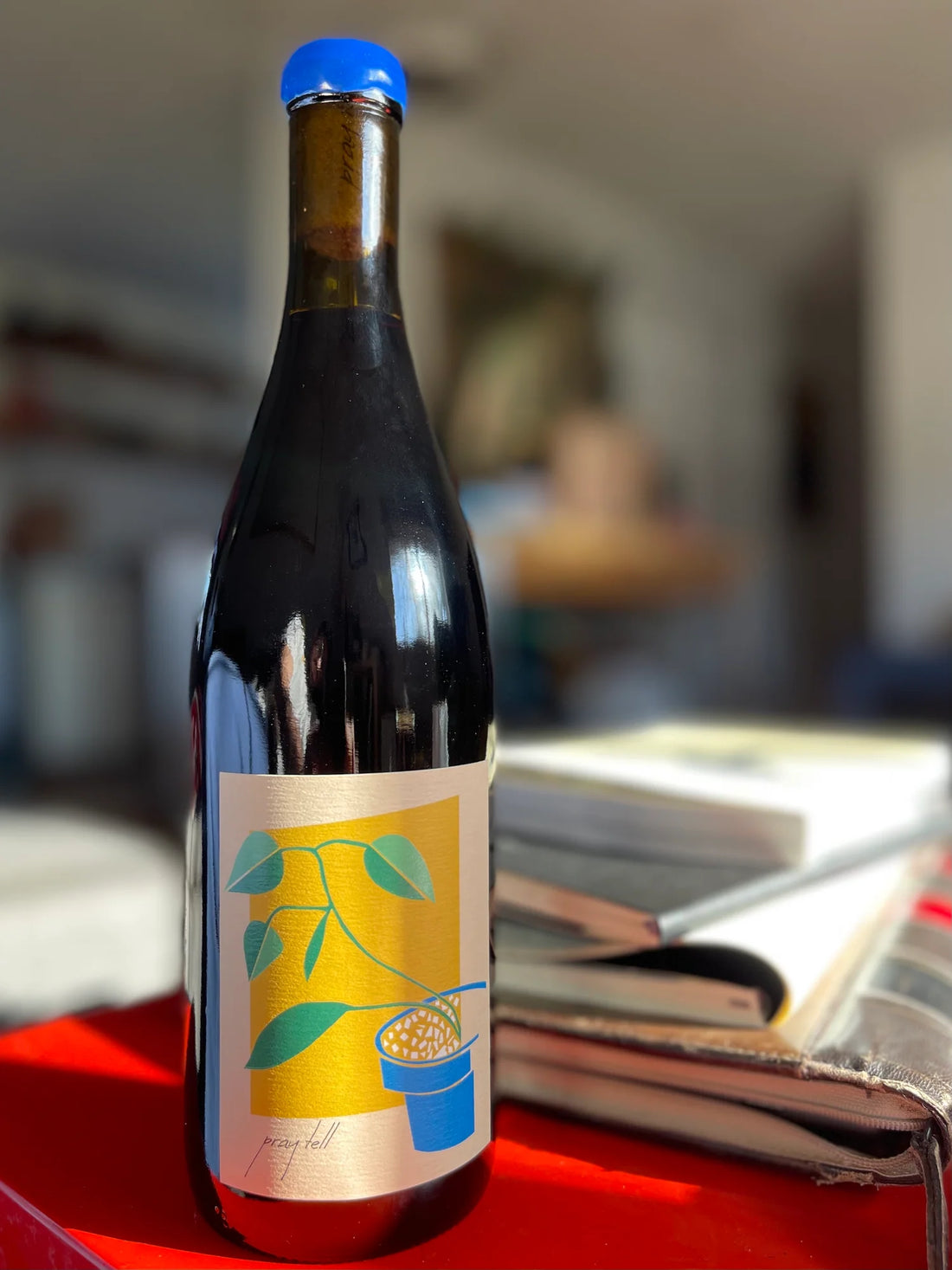Pinot Noir is synonymous with the Willamette Valley and for good reason. It's a grape that works exceptionally well in the traditional cooler climate region as the best examples are graceful and ethereal in nature. But what most folks don't know is that it is considered by many a winemaker as a grape that is rather difficult to make into exceptional wine.
The reason for this begins with the plant material itself. While the growing climate of north western Oregon may be ideal (think the Goldilocks of ripening: not too hot and not too cold), the cluster morphology is one that is thinner skinned, susceptible to disease pressure based on seasonal moisture conditions, and absolutely necessary to plant in appropriate soil series that are well draining, facilitate deep root growth, and allow for site characteristics to shine through.
Challenges aside, it is what makes the stable of winemakers in the region so special. The best will say in far more words that you can't force Pinot Noir to be something that it isn't. Square peg, never meets round hole. For the wine to be special, one needs to listen and respond.
We've all heard a number of cliches over the years about keeping house plants alive. It's an endeavor that requires trial and error and constant learning to thrive. Where to situate your plant for optimal sun. How often to water it. When to repot it or add nutrients. Techniques for trimming leaves. You get the idea. It's that same diligence that comes to mind when tending to the Pinot Noir in the cellar. Constantly listening and reacting in ways that suit the wine best. For that reason, the house plant continues to be the imagery that adorns the label of this wine.
In 2021, an exceptional growing season as many will point out, I worked with three different vineyards for Pinot Noir. All farmed organically (or biodynamically) and situated in the more southern section of the valley - two in the Eola-Amity Hills and one in the Van Duzer Corridor. All three are in same boat of warm days and nights cooled by strong Pacific winds that rip through the break in the coastal mountain range. It sets up an idyllic ripening timeline for sugars, flavors, and physiological compounds that impact the wines structure to progress in tandem (*pushes up nerd glasses* and says aloud, "We love that.").
What makes this wine particularly unique is that it is made up of the classic conspirators of Wadenswil and Pommard clone Pinot Noir, but the ringer is the addition of 100% whole cluster 943 clone - a version of Pinot Noir known for its dense, tiny berries. This results in richness, tannin, and concentration that when balanced with the others makes for a truly complex and lovely expression of Pinot Noir.
Aged for 14 months in 25% new French oak, 25% terra cotta Amphora, and 50% neutral oak.

